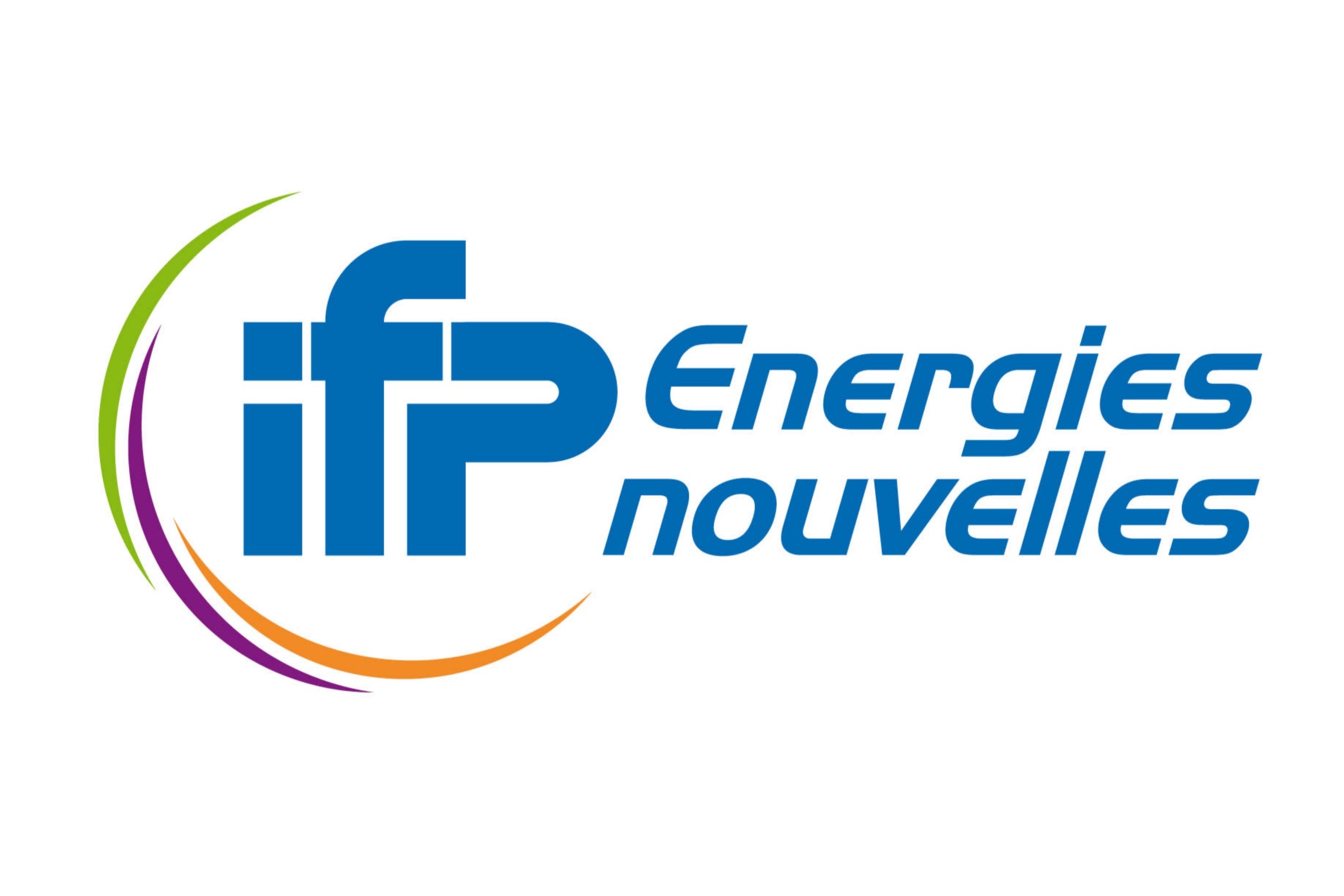About ACTiON
ACTiON (Advanced multitemporal modelling and optimisation of CO2 Transport, utIlisation and stOrage Networks) is a three-year international research project. Our objective is to establish how an efficient infrastructure connecting CO2 sources with geological storage and utilisation options can be developed as part of regional decarbonisation efforts.
ACTiON aims to research and develop a multitemporal integrated assessment model to support stakeholders in the planning and design of large-scale, flexible CO2 transport, utilisation and storage networks, and enable reporting on decarbonisation efforts while addressing the impacts of geological and engineering constraints, the effect of the economic conditions and regulatory environment and the unavoidable uncertainties faced in defining them.
The term ‘multitemporal’ refers to three different time scales:
- short term (hours/days): required for safe and efficient network operability and to enable efficient CO2 utilisation options function
- medium term (years/several years): related to dynamic storage capacity and the function of large-scale transport and storage network, connecting CO2 supply to multiple storage and utilisation sites;
- long term (several decades): horizon planning to meet decarbonisation targets.
The multitemporal modelling capabilities developed will be applied to a number of case studies, that cover the approaches to CCUS network development in different EU Member States, the US and Canada. Pipeline and ship transport will be included, as will be networks of different complexity aiming to support the development of fit-for-purpose, future-proof CO2 transport, utilisation and storage networks.
ACTiON received funding through the ERA-NET ACT fund, an international initiative to facilitate RD&D and innovation within carbon capture, transport, utilisation and storage, and from industrial partners (see below).
Work Packages
-
The main objective of WP1 is to develop computationally efficient proxy models that capture static geological reservoir characteristics and dynamic reservoir responses for various carbon dioxide injection scenarios such as saline aquifers or depleted reservoirs. These models will be configured to capture storage reservoir type, geological flow barriers, storage system integrity, and injectivity conditions. The proxy models will be implemented as modular, computational building blocks for integration with the models developed in WP2, WP4 and WP5.
-
The purpose of WP2 is to build new proxy models and adapt existing ones to support the design and management of carbon dioxide transport networks. These networks (pipelines and shipping) will link carbon dioxide emitters to users and storage reservoirs, accessed through offshore platforms or intermediate storage facilities and wells. WP2 will also develop integrated multi-temporal model templates for pipeline systems and batchwise transport options. The aim here is to design a modular multi-disciplinary workflow for evaluation of the whole chain of transport, utilisation and storage networks which can be tailored to the specifics of any case study region.
-
WP3 will characterise integrated storage and network risk dynamics. This will be achieved through the implementation of modelling and through risk assessments at hub and inter-hub level, addressing the inherent geological variability and uncertainties associated with the subsurface and its response to temporally variable demands on capacity. In particular, WP3 focuses on the relationship between subsurface system risk and network risk at short temporal scales, which has been largely ignored in earlier CCUS supply chain risk and optimisation studies. Techniques will also be developed that provide fast constraints for network optimisation, based on (user-specified) acceptable limits on risk ranking.
-
WP4 has three main objectives. The first is to develop proxy models for carbon dioxide utilisation and conversion technologies that are likely to be part of future CCUS systems. These models will be abstractions of steady state process engineering models, developed at unit process resolution, for each of the mature TRL technologies considered in ACTiON. The second objective will be to convert the new process models to Life Cycle Assessment (LCA) and Life Cycle Cost (LCC) models to complement the existing ICLCA inventory models already developed by the team at Imperial, which will be used for the decarbonisation accounting and reporting in WP5. Finally, the consequential LCA (C-LCA) methodology will be tailored for implementation in environmental consequences assessment.
-
WP5 is dedicated to advancing the strategic decarbonisation of CCUS in six industrial regions across EU countries, the UK, Canada/Alberta Region and the US. Each of the case regions has identified specific development and research needs, centred around developing full-chain CCUS projects.





















